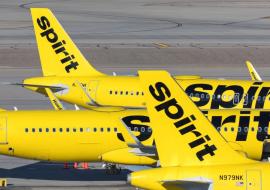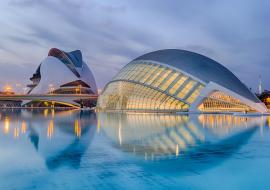Highway to Brazil raises doubts in Peru
Puerto Maldonado, in Peru´s south-eastern Amazon region, feels like the end of the road. In this hot, dusty town 500 miles east of Lima, young men on motorbikes scour the streets looking for taxi fares. Cars cannot handle the dirt-and-pebble roads.
Within two years, this backwater will be at the center of South America´s most important road. Today, construction begins on the Peru-Brazil transcontinental highway, a 40-year-old plan to connect the Atlantic to the Pacific.
The ambitious project has a price tag of almost $900 million. That may prove conservative, but the highway is desperately needed in a continent with a lack of good infrastructure.
It will connect existing roads in Peru to a modern highway that crosses Brazil. The road will run through Puerto Maldonado, transforming it from a jungle outpost to a hub of an international motorway system. The crowning glory will be a new 720-meter bridge, the largest in South America, over the Madre de Dios.
Although the construction will take place in Peru, Brazil will benefit most. The political impetus has come from Brasilia and the highway will be built by two Brazilian-led consortia.
Brazil sends 18 per cent of its exports to Asia, and its soybean and wood pulp industries want to reduce transport costs bloated by the need either to ship exports from Atlantic ports or truck them to Chile.
"This road will be Brazil´s Panama canal," says Alejandro Indacochea of the Centrum business school in Lima.
Peru is taking on $800m in debt to help fund the project, prompting many Peruvians to ask whether they too will benefit.
Tourism in the southern Amazon will be boosted by a proper road to Cusco, next to the tourist spot of Machu Picchu. In the long term, the road may also attract Asian investment in Peru´s degraded southern ports, where the highway will terminate.














